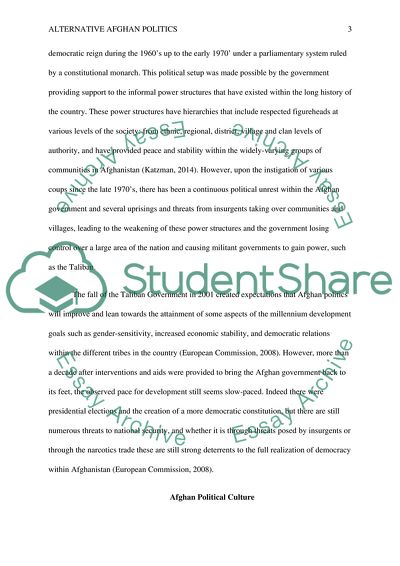Cite this document
(Potential Political System of Afghanistan Term Paper, n.d.)
Potential Political System of Afghanistan Term Paper. https://studentshare.org/politics/1813794-potential-political-system-of-afghanistan
Potential Political System of Afghanistan Term Paper. https://studentshare.org/politics/1813794-potential-political-system-of-afghanistan
(Potential Political System of Afghanistan Term Paper)
Potential Political System of Afghanistan Term Paper. https://studentshare.org/politics/1813794-potential-political-system-of-afghanistan.
Potential Political System of Afghanistan Term Paper. https://studentshare.org/politics/1813794-potential-political-system-of-afghanistan.
“Potential Political System of Afghanistan Term Paper”. https://studentshare.org/politics/1813794-potential-political-system-of-afghanistan.


